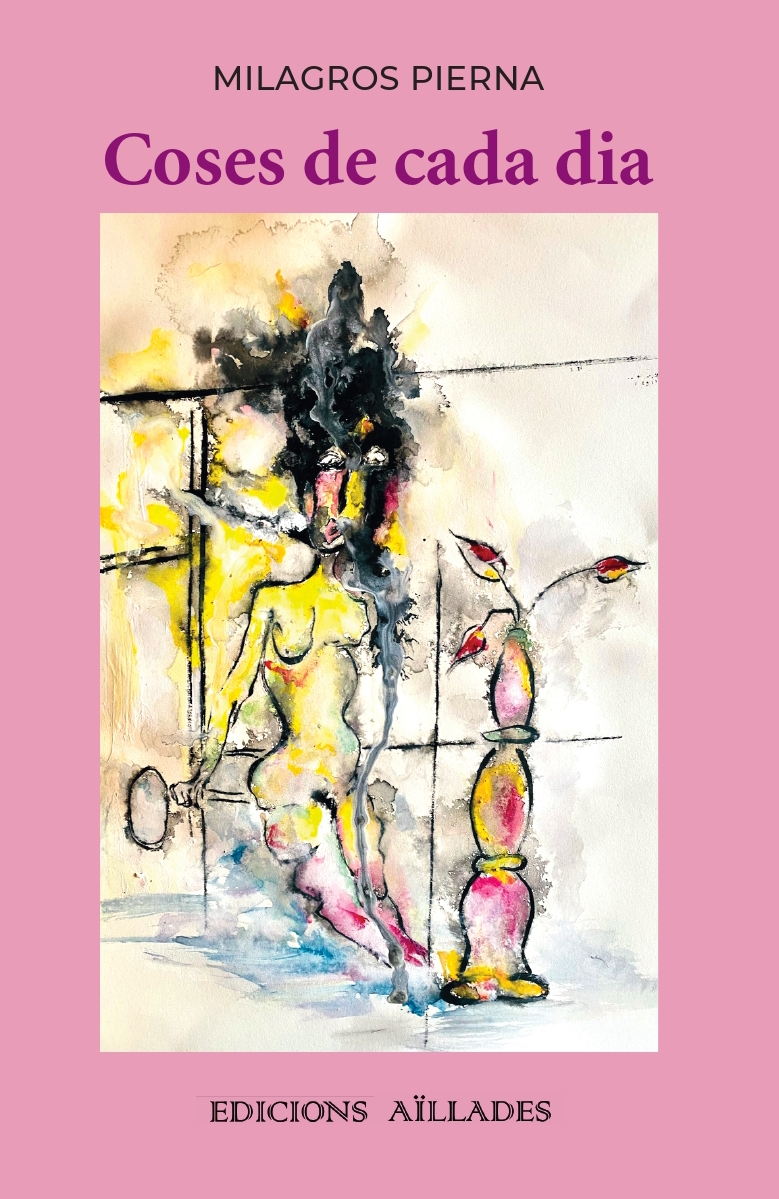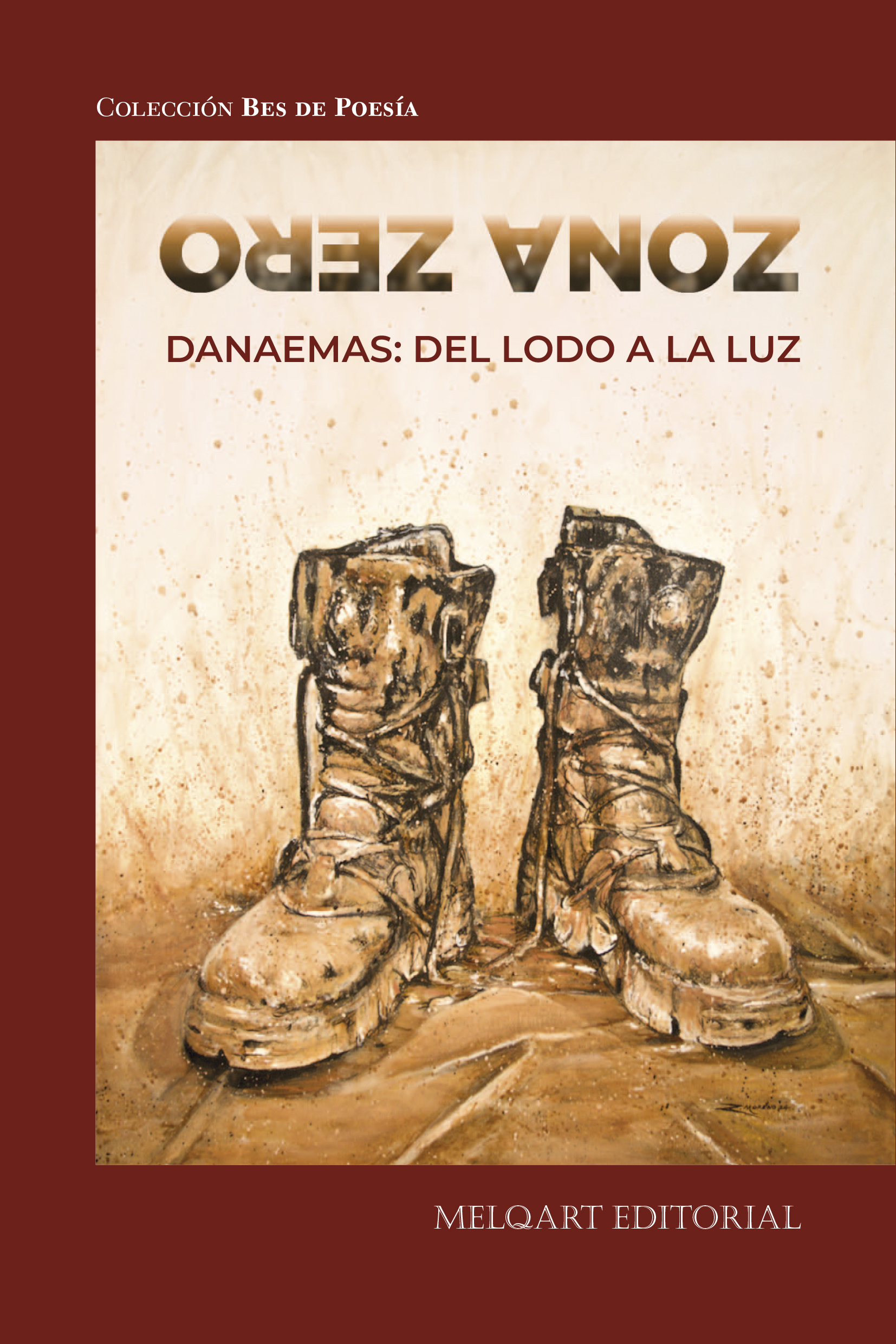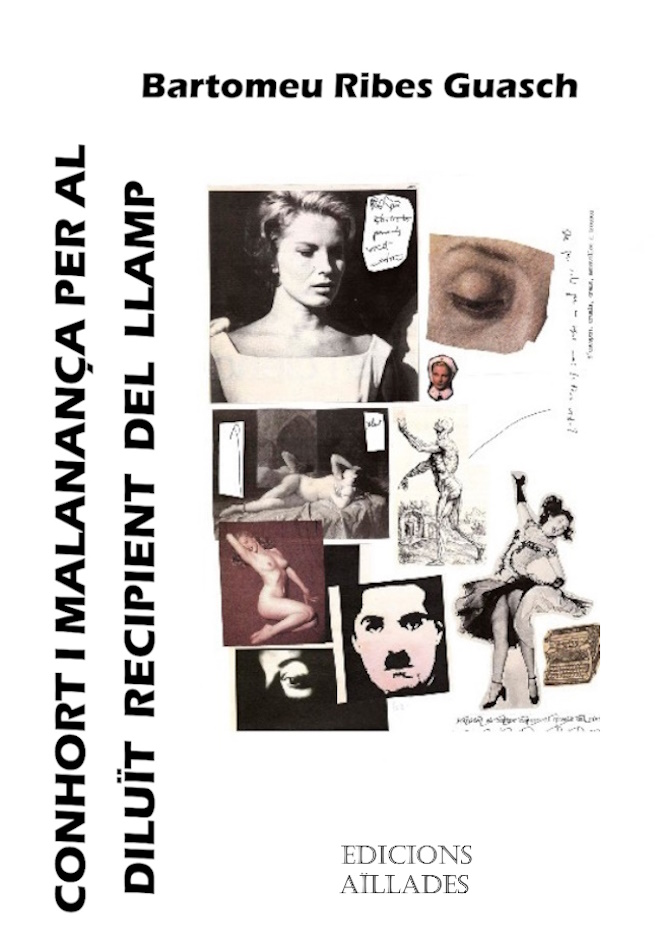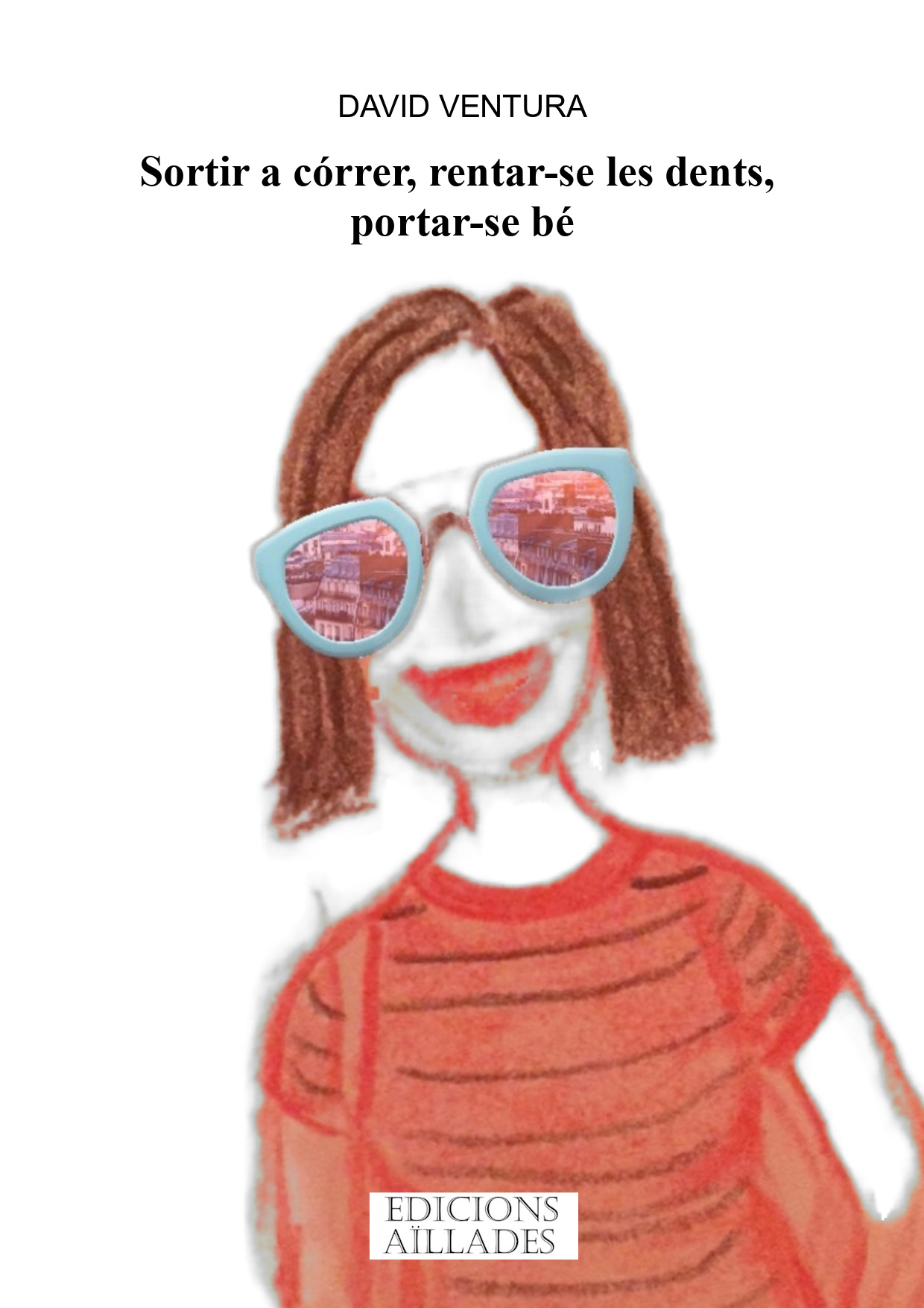LEG MIRACLES AND EVERYDAY THINGS
By Gabriel Torres Chalk
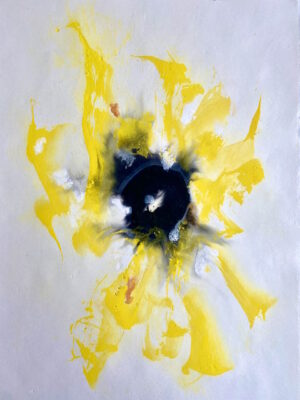 The aesthetics of paramiliarization.
The aesthetics of paramiliarization.
Milagros Pierna presents us with 'Everyday Things'. The body is a source of knowledge. Sometimes the everyday brings us back to the strange. Sometimes the absurd pushes from the inside, from below. Sometimes the everyday is disguised as the magical because dragons exist. Each one is the most distant for himself, according to Nietzsche.
So, The body and memory are conjured in the present. Sometimes it is the whisper of a vacuum that wants to emerge from the need to tell it. The self – The idea of me – The voice in the first person that is objective from the well of a present whose moment is rescued by the aesthetics of a possibility. Murify the routine of everyday life from everyday life. The self is another that observes and lives from its secrets. Sometimes they emerge like almond trees of the island of Ibiza: The island as a subjective body-escenary where dice The Yoidad fold.
From the articulation of relentless thought, Nietzsche summons the animal in the human being as base text. The spirit is a stomach (Zarathustra). The sublimation of the instinct is imposed from the everyday to, From the paragraph, translate desire into a bundle to reason. It is a process of physiologization of the spiritual and a spiritualization of the body, To say of Francis Bacon.
As we advance throughout The stories de Leg Miracles, We go into an aesthetic of the paragraph that incorporates -body does- to the reader from the great news of the arguments and especially of the cronotopic transcendence that the bodies -sections- They seek to reflect. Bring the reason to your own nightmare, for convening the Borgian universe, channels the absence of certainties. The absurd can be the most vivid under the mud of the norm. Mud foundations that art subverts because feeling does not know about rules. The visceral link between body and text. The text as a living entity, that breathes and feels.
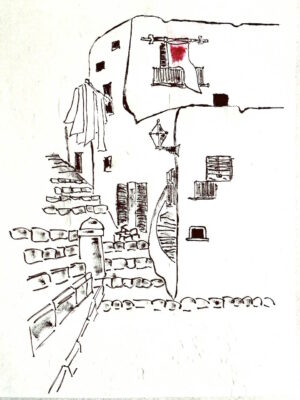 Sometimes the everyday brings us back to the strange. The bite to the second skin/text gives off the disturbing freshness of the eternal broken hug of the multiple. Because time is subjective and a moment can stop as stagnant water where feelings are fermenting under the sound of each dishes set on the dining table. The digestion of absence. The epiphany encoded in each pore of your skin having transcended to the labyrinth of reason. Each one is the most distant for himself.
Sometimes the everyday brings us back to the strange. The bite to the second skin/text gives off the disturbing freshness of the eternal broken hug of the multiple. Because time is subjective and a moment can stop as stagnant water where feelings are fermenting under the sound of each dishes set on the dining table. The digestion of absence. The epiphany encoded in each pore of your skin having transcended to the labyrinth of reason. Each one is the most distant for himself.
The text/body as a multiple surface of overcoming resistance where there are transitions and bridges of tiredness and comfort that although certain environments of the digital era can be characterized, We can consider them as lashes of the last stages of a postmodernism that permanently seeks its place, or, Following the designs of Octavio Paz, Modernity is always another.
The company navigates between multiple layers of significance and thus also the desiring subject. The illusion of an identity is diluted between the corners of a schedule, of an obligation, of a commitment, under the pressure of a structure that conflicts our freedom. With our feeling of freedom. why Everyday things It transcends the temporary convention and therefore does not surprise the modernity of these stories written in the year 93 And that, Nevertheless, They are extraordinary freshness, Showing the inescapable validity of the human being's desire for biting in the day to day.
Irony It is blood that runs through the veins of the paramiliarization. Requires intelligence and distance. Distance to observe and observe yourself. Here the metapoetic network comes into play. Layers of significance, skins and voices, that they turn to themselves. An incision in the artery of symmetry. In a way it consists of a resignification of the limits. A vital breath that arises from the animal/base text to return the body to the body.
Sometimes the everyday brings us back to the strange. Irony nourishes various transgressive beats. Perhaps the most powerful is humor as a new incision in the body, According to the end of the first story, "Gray silk sheets", showing a technique, structure and care in its design that undoubtedly defines it as an extraordinary story.
These stories They have summoned in my reading another female voice of great power like Ana Becciu's. That verse/question resonates “Were words that existed then?"A semantic and grammatical deviation that lives the other in a displacement of reason to the body inhabiting the pronoun from a Yoity full of fissures, wounds and desires. The right to desire.
The stories make us insert our own confessions about the text/body. The story calls a reaction to our image from a mirror that reveals our sometimes calculated impulses, other times makeshift or surprising. Sometimes superficial and sometimes deep, ancestral, As a legitimate defense to which it is necessary to give voice. Something is here as a veil that hides the absurd or magical, search and affirmation. This is a great art achievement. It is a hope. It's a ‘I am’ from a ‘I just want a moment of happiness’. A maybe. The aesthetics of a possibility.
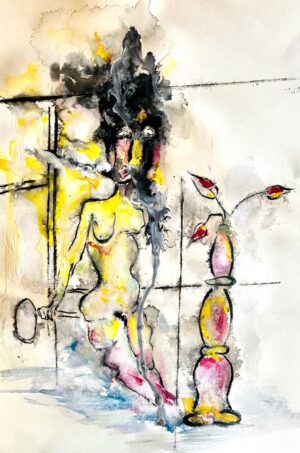
Image of the cover of ‘Coses of each day’
We must thank the author not only the strength of voices that call in turn the tradition of great narrator women, but also the intelligence of an ontological displacement that rescues the body from the jaws of oppression. These stories, written in the year 93, They talk to us from the future. So, The words of Artificial respiration de rectard takes: “The correspondence (epistolary) It is the utopian form of the conversation because it annuls the present and makes the only possible place of dialogue. ”
The information that is sublimated in the expression of the body as a source of knowledge. Perhaps articulated and ancestral rhythm that returns us to strange: "Each is the farther for himself" (Nietzsche). Perhaps it is a self-discovered and recognized to reset the trip. It is the body that recounts and returns to the human background rooted in the biological and thus reverse the "where I am" towards the "where I am". The story as creation. The creation of our own body that licks the wound of self -awareness to say the incessant library that beats in each pore.
"Love occurs when a texture is caressed, When with your hands, or with the mouth, Relates. The mouth caresses with stories, cause textures here and there. And in textures you can read. But almost nobody knows how to read " [Ana BUCK. Night round.] These words could well contain the conductive thread of a story like “Think about me, In Tant what you see are ".
The flow of a confession where the first person narrator articulates the story from below, From the injustice of latent history. It is the articulation of a voice, His voice, of his presence as a woman who tells the present established in the heart of the centuries he feels and listens.
There are phrases that come from below: “You have always counted on my understanding. Centuries and centuries of always understanding, understand- Ho tot. " And the present of the enunciation is becoming increasingly power, urging the reader to fill the cracks between the words. The absence, The tragic eloquence of silence, what is not said since the intimacy of the absent whisper, implacable, Building a reader who must create his parallel story, The emptiness or negative region of the so. THE MIRROR OF THE METANIVEL OF THE NARRATION, showing a precise technique that, as readers, Thanks.
It is convenient to be attentive to each nuance, To each scale (“Fear of woman has cold scales, slaughter, proclamations. "), to each breath, to each beat. And at the same time, Not everything is black or white. Pain and love and a whole range of opposites can be cultivated in the same garden -the body/text- from where it is imposed, inescapable, One of those statements containing the entire weight of the present and whose arms have the reach of the time folds: “My fear is afraid”.
Everyday things invites us to complete the strokes of the negative areas of the painting. We all have our escape points. The body is a source of knowledge. Sometimes the everyday brings us back to the strange. Maybe the strange is what the mirror shows us if we observe calmly. Sometimes each one is for himself the furthest. Finding the words that name the other is an art.
ILLES.CAT
Online literary platform
EDICIONS AÏLLADES
#cosesdecadadia #MelqartMedia
melq.art






